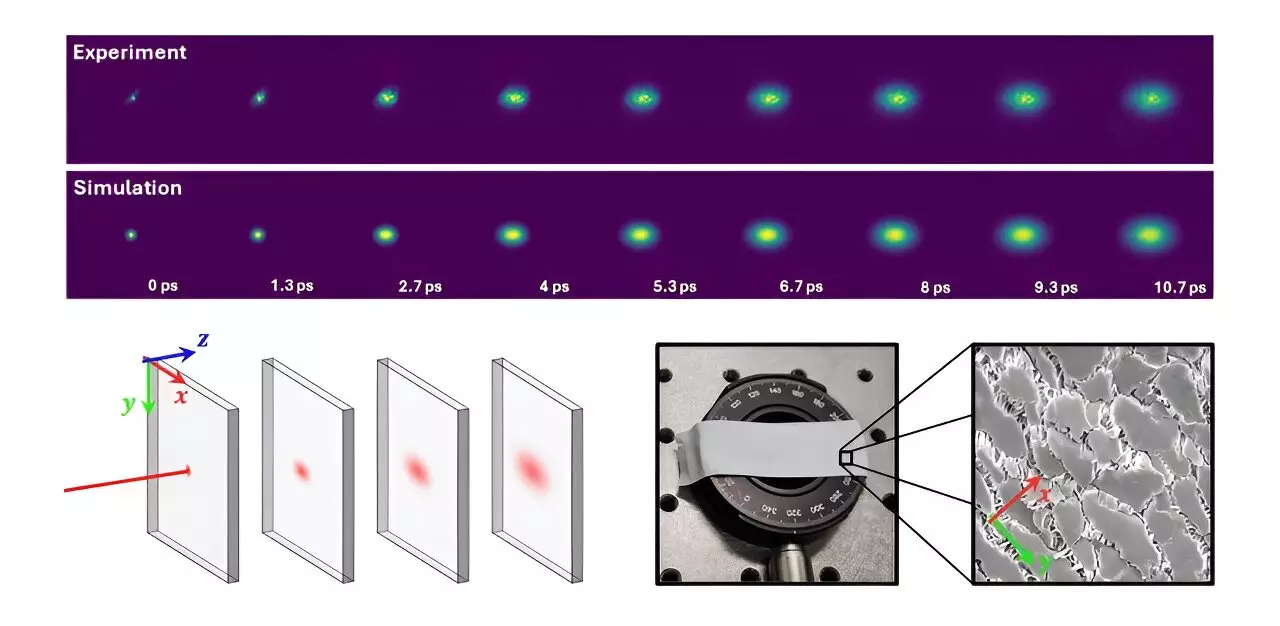Understanding the interaction of light with various materials is an indispensable part of numerous scientific fields, including medical imaging, manufacturing, and photonics. As light propagates through materials, its behavior can be influenced by the material’s inherent structural properties. One such property is anisotropy—the directional dependence of a material’s characteristics—which complicates both experimental assessment and theoretical modeling of optical phenomena. Anisotropic materials do not scatter light uniformly; instead, how light scatters depends heavily on the direction in which it encounters the medium. Recognizing and addressing these complexities is crucial for diverse applications, including the development of more effective diagnostic tools in medicine and optimizing manufacturing processes in industry.
The Quest for Precise Measurement Techniques
Traditional methods of characterizing optical properties often fall short when faced with the intricate nature of anisotropic scattering. Researchers typically rely on simplified models, which assume isotropy—a condition rarely met in real-world scenarios. This assumption can lead to significant discrepancies in reported optical properties, hindering progress in fields that depend on precise light-material interactions. For years, scientists grappled with these limitations, often left in the dark so to speak about the true behavior of light in these complex materials.
However, a recent breakthrough by researchers at the European Laboratory for Nonlinear Spectroscopy (LENS) shows promise in transforming our approach to studying anisotropic materials. The combination of cutting-edge techniques with existing methodologies provides researchers a renewed opportunity to examine and characterize materials more accurately.
In the latest study published in Advanced Photonics Nexus, the LENS team proposed a hybrid technique that merges time-domain transmittance measurements with Monte Carlo simulations, tailored to capture the anisotropic nature of light scattering. This novel approach leverages transient imaging techniques to observe how the light patterns evolve over time when subjected to ultrashort light pulses. The researchers selected Teflon tape and paper—two materials that exemplify anisotropic properties—to illustrate the effectiveness of their method.
By closely observing the changes in light propagation and scattering in these materials, the researchers gathered crucial data that allowed them to construct an anisotropy-aware model. This model succeeded in revealing the scattering tensor coefficients, an achievement noted for its unprecedented detail compared to past studies. The team confirmed their findings through rigorous computer simulations, thus validating their claims about the directional variations in light scattering properties across different materials.
The implications of this research are far-reaching. As emphasized by Dr. Lorenzo Pattelli from the Italian National Institute of Metrological Research, many scattering materials exhibit some degree of anisotropy, yet they have often been oversimplified in previous studies. This simplification has introduced systematic errors, potentially skewing results and leading to flawed conclusions in a variety of scientific inquiries. The new technique developed by the LENS team not only addresses these shortcomings but also improves the accuracy of optical property characterization.
By enabling a more nuanced understanding of how light behaves in anisotropic substances, this advancement could significantly impact medical diagnostics, particularly in areas that rely on light scattering phenomena, such as early disease detection and imaging techniques. Improved characterization of biological tissues, for example, could lead to earlier and more accurate diagnoses, ultimately enhancing patient outcomes.
Furthermore, the advancements in studying anisotropic materials could pave the way for innovations in material science, including the development of more efficient materials for industrial applications. An accurate comprehension of light scattering properties in these materials can have implications for everything from quality control in manufacturing to the creation of customized materials for specific optical applications.
The ability to accurately measure and analyze the optical properties of anisotropic materials is a critical advancement in various scientific and industrial fields. The pioneering work by researchers at LENS highlights the importance of considering material anisotropy, moving away from oversimplified models and fostering a deeper understanding of light-material interactions. As research continues to evolve, we are likely to witness a surge in innovations that leverage these findings, driving progress in medical diagnostics, manufacturing, and beyond.


Leave a Reply